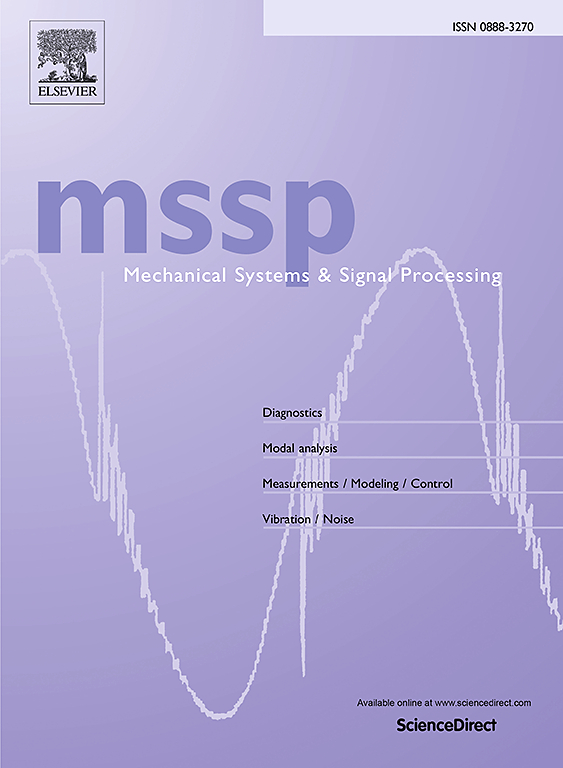Modeling and simulation of three-component ground motion intensity envelope function based on conditional generative adversarial network
IF 7.9
1区 工程技术
Q1 ENGINEERING, MECHANICAL
引用次数: 0
Abstract
Artificially simulated ground motions are critical to seismic analysis of engineered structures. The ground motion intensity envelope function (IEF) defines the non-stationary characteristics and controls its duration. The three-stage intensity envelope model has been widely used in engineering applications. However, its limitations in terms of consistency of trends in horizontal and vertical changes, as well as the complexity of parameterization, hinder its further application. This study proposes a three-component ground motion intensity envelope function deep generative model (IEF-DGM) based on conditional generative adversarial network (CGAN), capable of producing high-quality IEF by considering five key condition labels: moment magnitude (MW), Joyner-Boore distance (RJB), shear wave velocity (VS30), and significant durations (DS5-75, DS5-95). Five evaluation indicators are introduced to assess the model’s predictive accuracy. Results indicate that the proposed model effectively captures the stochastic and temporal non-stationarity of the IEF and accurately predicts the vertical component, a rarely studied area. Additionally, the model is used to simulate three-component artificial ground motion records, which closely matches the target response spectra, validating its accuracy and applicability. In conclusion, the proposed ground motion IEF-DGM provides a novel approach to simulation and prediction of ground motions with significant implications.
基于条件生成对抗网络的三分量地震动强度包络函数建模与仿真
人工模拟地震动对工程结构的地震分析至关重要。地震动强度包络函数(IEF)定义了地震动的非平稳特性并控制其持续时间。三级强度包络模型在工程应用中得到了广泛的应用。然而,它在水平和垂直变化趋势的一致性方面的局限性以及参数化的复杂性阻碍了它的进一步应用。本研究提出了一种基于条件生成对抗网络(CGAN)的三分量地震动强度包络函数深度生成模型(IEF- dgm),通过考虑五个关键条件标签:力矩量级(MW)、Joyner-Boore距离(RJB)、横波速度(VS30)和显著持续时间(DS5-75、DS5-95),能够产生高质量的IEF。引入5个评价指标来评价模型的预测精度。结果表明,该模型有效地捕捉了IEF的随机非平稳性和时间非平稳性,并准确地预测了很少研究的垂直分量。利用该模型模拟了三分量人工地震动记录,结果与目标响应谱吻合较好,验证了模型的准确性和适用性。综上所述,提出的地震动IEF-DGM为模拟和预测地震动提供了一种新的方法,具有重要意义。
本文章由计算机程序翻译,如有差异,请以英文原文为准。
求助全文
约1分钟内获得全文
求助全文
来源期刊

Mechanical Systems and Signal Processing
工程技术-工程:机械
CiteScore
14.80
自引率
13.10%
发文量
1183
审稿时长
5.4 months
期刊介绍:
Journal Name: Mechanical Systems and Signal Processing (MSSP)
Interdisciplinary Focus:
Mechanical, Aerospace, and Civil Engineering
Purpose:Reporting scientific advancements of the highest quality
Arising from new techniques in sensing, instrumentation, signal processing, modelling, and control of dynamic systems
 求助内容:
求助内容: 应助结果提醒方式:
应助结果提醒方式:


